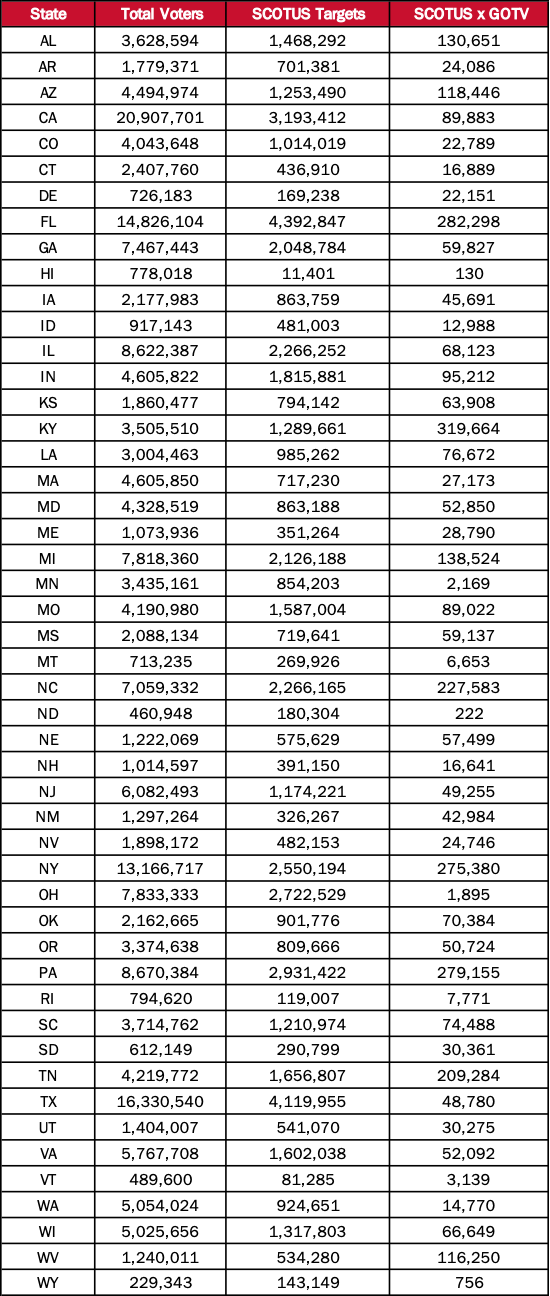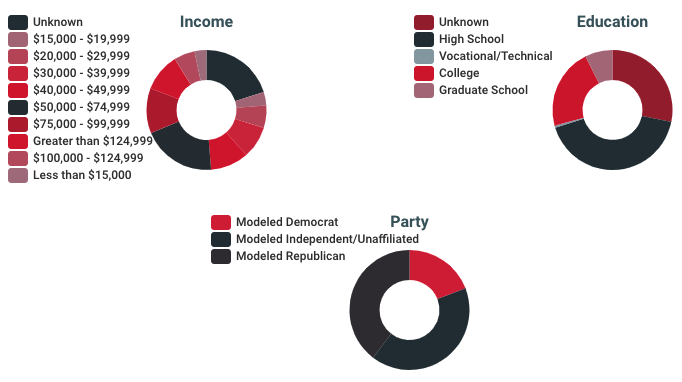The Nevada Poll™: Trump, Biden virtually tied
By Rory Appleton
Las Vegas Review-Journal, Published October 13, 2020
President Donald Trump and Democratic nominee Joe Biden are neck and neck in Nevada, with third-party candidates picking up small slices of the vote, according to new figures released Tuesday in The Nevada Poll™.
The poll, conducted by WPA Intelligence on behalf of the Review-Journal and AARP Nevada, surveyed 512 likely Nevada voters from Oct. 7-11, with 44 percent saying they would choose Biden and 42 percent backing Trump. Biden’s lead is within the poll’s margin of error of 4.4 percentage points.
One percent of voters surveyed selected Independent American candidate Don Blankenship, and 3 percent chose Libertarian candidate Jo Jorgensen.
Six percent were undecided or refused to answer, and 4 percent said they would check “None of These Candidates,” an option on Nevada ballots.
“Right now, I think it’s very clear the Nevada race for president is wide open,” said Chris Wilson, a Republican pollster and WPA Intelligence CEO.
This article was originally published here.




